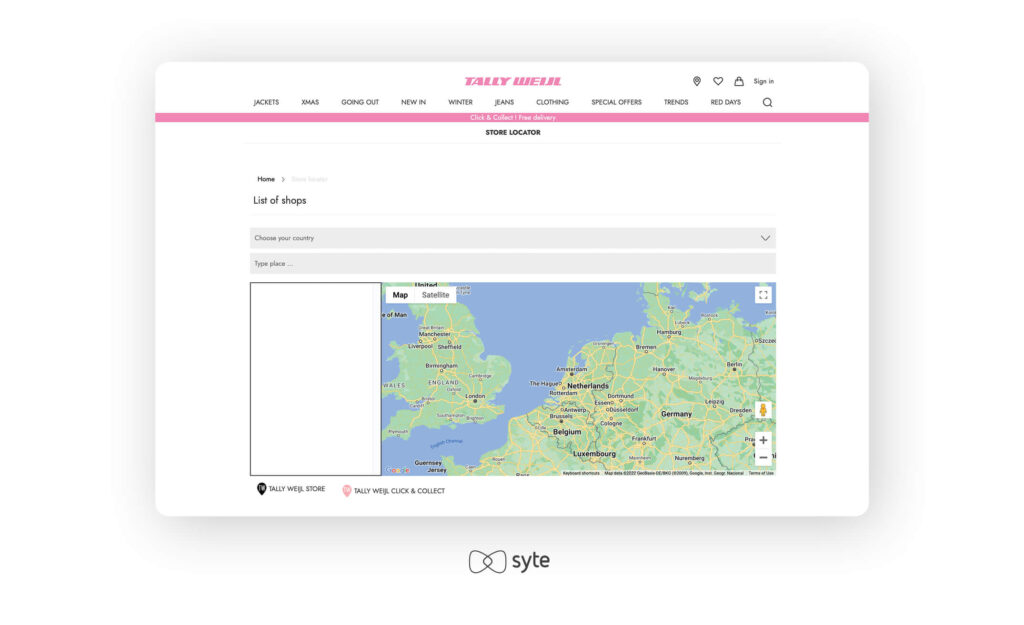Omnichannel retailing is a strategy that aims to unify the customer experience across the different touchpoints used by a business. It entails the integration of various channels so that brands can make the customer journey unified and seamless.
With omnichannel retailing, a customer can begin the purchase on one platform but ultimately convert on another channel. This approach acknowledges customers customizing their own shopping experience instead of the process being linear.
Adopting omnichannel retailing can mean optimizing sales channels, inventory, and your marketing approach simultaneously.
Omnichannel vs Multichannel Retailing
Omnichannel retailing is often compared to multichannel retailing. While they both employ the use of various channels instead of the more traditional single-channel approach, they differ in what they want to accomplish.
Multichannel retailing is more about increasing the presence of your brand by utilizing different channels. It does not require integration unlike omnichannel retailing, and the platforms can be managed separately. The goal is to sell as many products as possible across various supported channels.
Meanwhile, omnichannel retailing puts the customer experience first. The goal for brands and retailers is to provide a holistic experience regardless of the channel a customer is in. This can require centralized data or inventory. This strategy also prioritizes building lasting relationships with customers and increasing customer lifetime value as it recognizes the value of providing a personalized, integrative experience.

What are the Benefits and Challenges?
An omnichannel strategy allows brands to be flexible. They can offer their products wherever customers are. The approach acknowledges the different parts of the customer journey a shopper may be in and the different customer personas brands should cater to. Moreover, it encourages customer loyalty by providing a personalized, consistent experience.
Execution can be challenging though, especially when there should be a single, centralized source of data across different channels, both online and offline. It takes effort to ensure that product and customer data are the same on various platforms and that the brand delivers the expected shopping experience.
Omnichannel Retailing Trends
The following are some trends that brands can consider including in their omnichannel approach:
- Increased personalization. Customers already expect experiences that cater to their unique preferences from brands. It is part of the reason they stay and repeat purchases. To improve personalization in omnichannel retail, the data across platforms can be combined so that shoppers experience a continuous customer journey and receive better offers throughout.
- Quick and efficient checkout. Don’t put your personalization efforts to waste with a clunky checkout process. Whichever device or channel customers choose, the experience should be a breeze, asking for as little details as possible and offering various payment options. Better yet, if it’s a repeat customer, the information should already be available at checkout.
- Enhanced customer service. When you are available in different channels, make sure that support has access to previous conversations with customers, if available. Shoppers recognize when brands value them. By combining more than one method for contact with an understanding of where customers are coming from, your omnichannel strategy will help nurture happy and loyal shoppers.